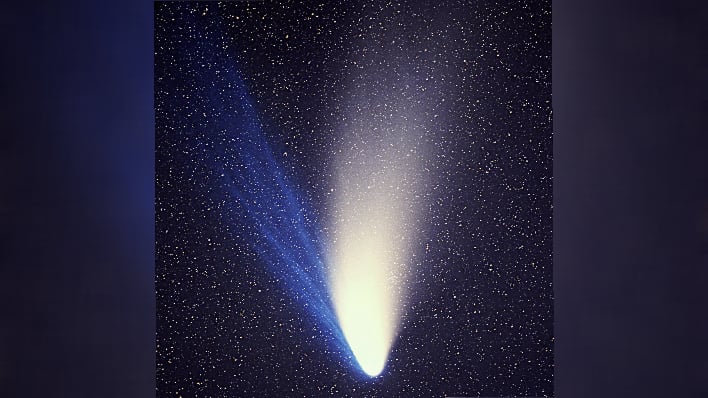A Menacing Devil Comet With Horns Made Of Gas And Ice Is Headed Towards Earth

Comet Pons-Brooks’ first recorded detection was in 1812 by Jean-Louis Pons. It was next seen in 1883 by William Brooks, hence the name. It earned the nickname of the “Devil Comet” after blowing off a large amount of gas and dust and brightening by around 100 times. The outburst caused the comet’s coma to distort into a horseshoe, or horned shape, with a dark center and bright wings or points.

“There’s a chance that Pons-Brooks will be bright enough to see with your naked eye next spring, but it will almost certainly be bright enough to see with even a small set of binoculars or a starter backyard telescope,” explained Teddy Kareta, a postdoctoral researcher at Lowell Observatory in Flagstaff, Arizona. “The primary bit of space news next April will obviously be the total solar eclipse, so people should consider marking their calendars to try to see the comet just in case it’s not getting as much news.”
While astronomers are not certain what caused the horns, they believe it could be due to the comet spewing gas and dust unevenly. One theory is that it’s a shadow effect. This is when denser material or perhaps topography at the center of the comet appears to block some of the bright material behind it.
For those who may be wondering if the “Devil Comet” poses any threat to Earth, the answer to this flyby is no. Pons-Brooks is expected to make its closest near-Earth flyby at 144,158,116 miles from Earth.
As mentioned before, Pons-Brooks will possibly be bright enough to be seen with the naked eye around the same time as a total solar eclipse on April 8, 2024.

